25 items found: Search results for "process improvement" in all categories x


June 24, 2016 | Software Consultancy
Akka has been designed with a Java API from the very first version. Though widely adopted, as a Java developer I think Akka has been mainly a Scala thing… until recently. Things are changing and Akka is moving to a proper Java 8 support.
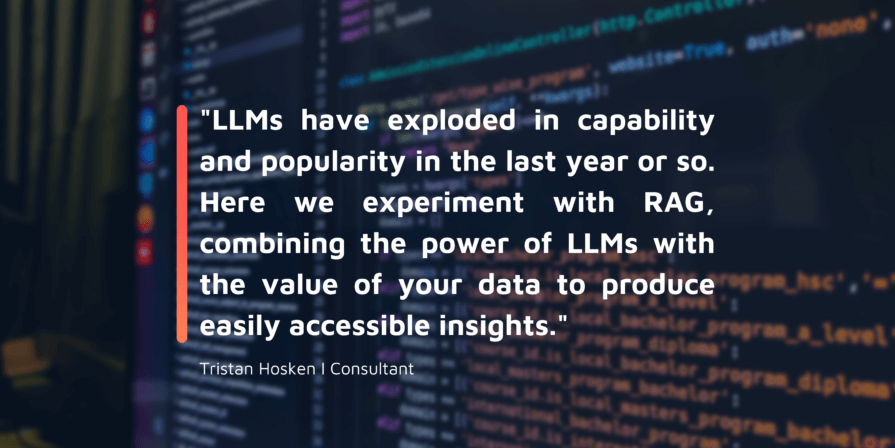
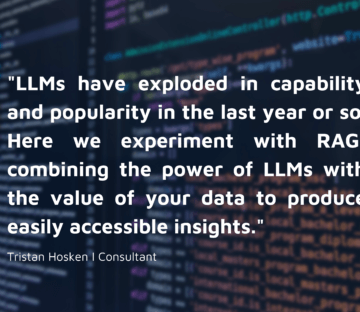
February 6, 2024 | AWS, Blog, OPA
Check out the latest blog by our Consultant, Tristan Hosken, as he explores Retrieval Augmented Generation (RAG). Tristan provides insights into advantages and disadvantages of RAG through hands-on experiments with AWS’s Bedrock and Azure’s OpenAI service.
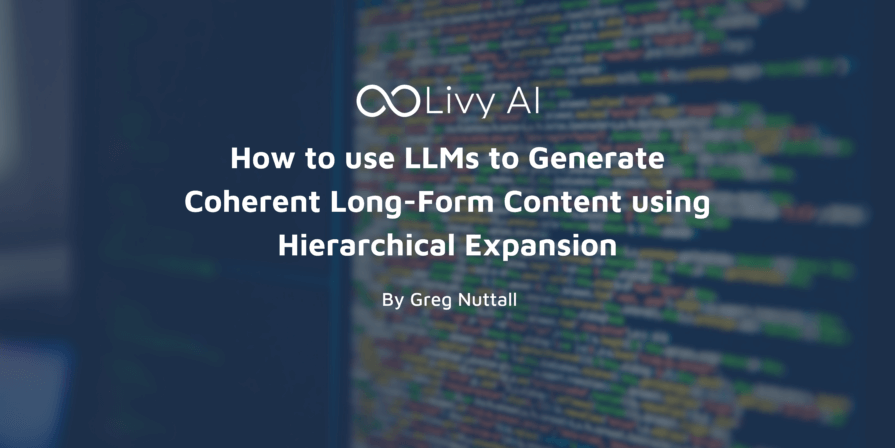
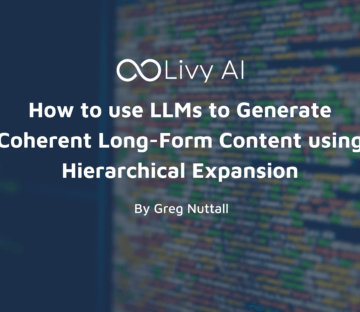
October 30, 2023 | Blog
As impressive as they are, Large Language Models (LLMs) face difficulties when creating long-form content, primarily due to token limitations and inconsistencies in the output over time.
Together with Livy.ai, we developed a “Hierarchical Expansion” method to address these challenges and better the quality, flow, and structure of the content produced. Read further to learn more!
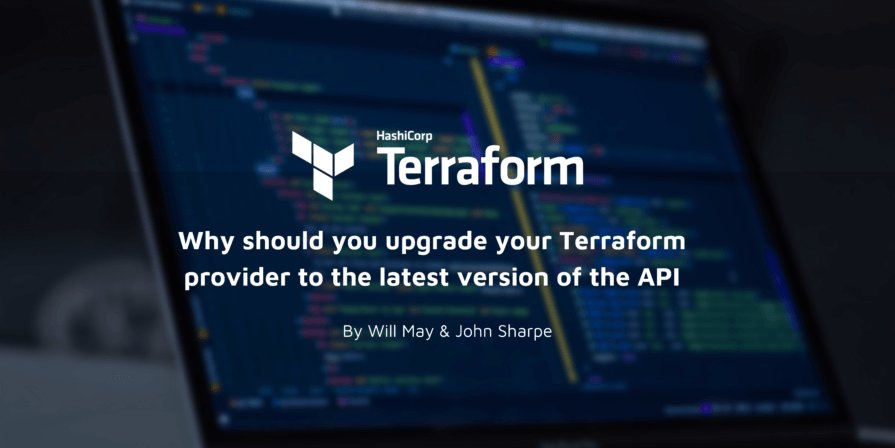
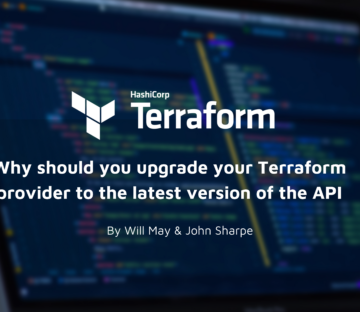
August 17, 2023 | Blog, Terraform Provider
Check out John Sharpe and Will May’s latest blog where they give suggestions for Terraform Provider authors who are thinking about upgrading from SDKv2 to Framework
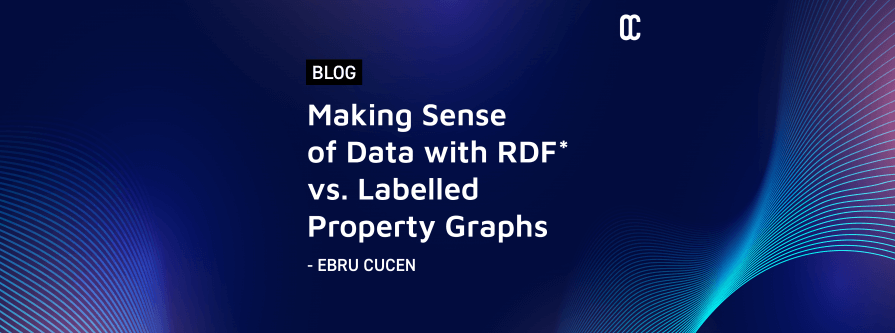
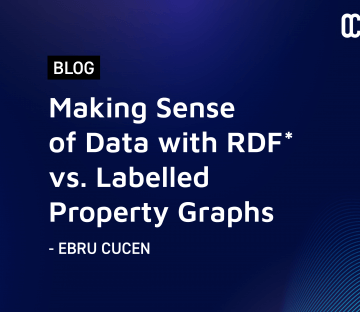
January 31, 2022 | Blog, Data Engineering
There are two camps of Graph database, one side is RDF, where they are strict with their format, and somewhat limited for their extensibility. The other side is LPG, where they can define labels to the relationships. With its recent extension, RDF now allows users to add properties, thus becoming RDF*. In this blog, Ebru explores the structural and performance differences between LPG and RDF*.

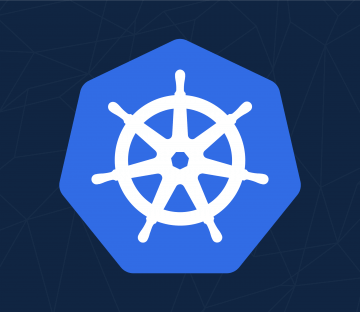
December 5, 2021 | Cloud, Kubernetes
Kubernetes’ second release in 2021, version 1.22, has been out for a little while now and with 1.23 on its way, we thought we’d take a look back. Kubernetes 1.22 was a highly comprehensive release with 53 enhancements in all three graduation levels: 13 features have graduated to stable, 24 enhancements reached beta status, and 16 new features have been accepted into the alpha stage.
The latest version has some noteworthy security features such as running Kubelet without root access, pod security policies, and seccomp. There are also a couple of deprecated and removed APIs. In this blog, we’ll discuss the significant changes in v1.22, as well as how to handle the removed APIs.
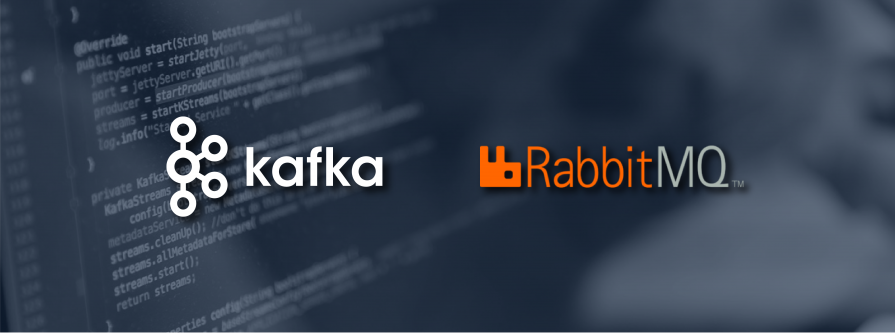
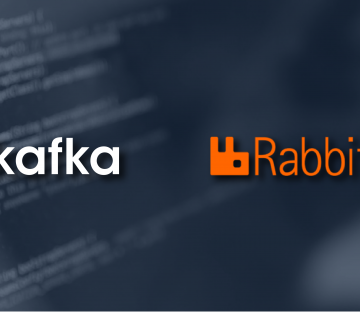
July 20, 2021 | Blog, Data Engineering, Kafka
Message and event-driven systems provide an array of benefits to organisations of all shapes and sizes. At their core, they help decouple producers and consumers so that each can work at their own pace without having to wait for the other – asynchronous processing at its best.
In fact, such systems enable a whole range of messaging patterns, offering varying levels of guarantees surrounding the processing and consumption options for clients. Take for example the publish/subscribe pattern, which enables one message to be broadcast and consumed by multiple consumers; or the competing consumer pattern, which enables a message to be processed once but with multiple concurrent consumers vying for the honour—essentially providing a way to distribute the load. The manner in which these patterns are actually realised however, depends a lot on the technology used, as each has its own approach and unique tradeoffs.
In this article we will explore how this all applies to RabbitMQ and Apache Kafka, and how these two technologies differ, specifically from a message consumer’s perspective.


March 20, 2020
Traditionally, Usability and Security have been set in opposition to each other: with tight security, we end up with painful user experience. In this blog, Guy focuses on financial services as an exemplar of how we can introduce usability into a vertical with challenging security and compliance requirements.


September 12, 2019 | Cloud Native, Microservices, Software Consultancy
As a technology leader, you’ll be aware that competitive pressures and shifting business requirements are driving changes in the technical architectures of many organisations. This means you need a new strategic approach based on the ability to continually evolve elements of your systems and architectures.


January 11, 2018 | Data Engineering
The last few years have seen Python emerge as a lingua franca for data scientists. Alongside Python we have also witnessed the rise of Jupyter Notebooks, which are now considered a de facto data science productivity tool, especially in the Python community. Jupyter Notebooks started as a university side-project known as iPython in circa 2001 at UC Berkeley.


October 24, 2017 | Data Engineering
Cockroach Labs, the creators of CockroachDB are coming to London for the first time since their 1.0 GA Release in May 2017. They will be taking time to talk about “The Hows & Whys of a Distributed SQL Database” at the Applied Data Engineering meetup, hosted and run by us here at OpenCredo.
We have been interested in CockroachDB for a while now, including publishing our initial impressions of the release on our blog. We thought this would be the perfect time to do a bit of a Q&A before the event! I posed Raphael Poss, a core Software Engineer at Cockroach Labs a few questions.


June 15, 2017 | Data Engineering
CockroachDB is a distributed SQL (“NewSQL”) database developed by Cockroach Labs and has recently reached a major milestone: the first production-ready, 1.0 release. We at OpenCredo have been following the progress of CockroachDB for a while, and we think it’s a technology of great potential to become the go-to solution for a having a general-purpose database in the cloud.


January 23, 2017 | Data Analysis
More often than not, people who write Go have some sort of opinion on its error handling model. Depending on your experience with other languages, you may be used to different approaches. That’s why I’ve decided to write this article, as despite being relatively opinionated, I think drawing on my experiences can be useful in the debate. The main issues I wanted to cover are that it is difficult to force good error handling practice, that errors don’t have stack traces, and that error handling itself is too verbose.


June 7, 2016 | Software Consultancy
In my previous blog post I explained to you the Seven Deadly Sins of Project Managers. With that post in mind, I would like to share with you my views on what a project manager needs to overcome these sins and become a valuable member of the team, and ultimately helping to achieve success on the project.


March 14, 2016 | Software Consultancy
Test automation provides fast feedback on regressions. In order to achieve this tests need to execute quickly, something which becomes more of a problem as test suites grow. This is especially true of tests which exercise a user interface where the interaction with the system is slower.
A good way to address this is to have your tests execute in parallel rather than consecutively. Given sufficient resources this allows your execution time to remain low almost indefinitely as more scenarios are added to the suite.


November 1, 2015 | Microservices
To use or not to use hypermedia (HATEOAS) in a REST API, to attain the Level 3 of the famous Richardson Maturity Model. This is one of the most discussed subjects about API design.
The many objections make sense (“Why I hate HATEOAS“, “More objections to HATEOAS“…). The goal of having fully dynamic, auto-discovering clients is still unrealistic (…waiting for AI client libraries).
However, there are good examples of successful HATEOAS API. Among them, PayPal.


October 28, 2015 | Software Consultancy
Let’s have a quick look at the most interesting changes and new features that are now available to Akka users. As there are many new features to highlight in the new Akka release I will focus on those related to Akka Persistence first and cover other areas in a separate post.


October 12, 2015 | DevOps
DevOps is transformative. This (hopefully) won’t be true forever, but it is for now. While the modern management practices of separating development and operations (and to a lesser extent, everyone else) prevail, the tearing down of the walls that separate them will remain transformative. In company after company, management and front-line staff are coming to realise that keeping functions separate, which are inherently interdependent, is a model for blame, shifted responsibility, and acrimony. It’s easy to divvy-up a company up based on function. To many people, it seems the most logical way to do it. Ops does operations, Dev does development, Marketing markets, etc. It seems much harder to do it any other way. So why do it?


August 11, 2015 | DevOps
For years, OpenCredo has been working with organisations to help them introduce new technologies, and more effective development practices, to their IT teams. This has met with a great deal of success, and we have worked with a variety of companies of various sizes. During these projects, we have consistently noticed that the changes we make reach beyond IT in their impact and effects.




November 14, 2013 | Cassandra
Cassandra 2.0 was released in early September this year and came with some interesting new features, including “lightweight transactions” and triggers.
Despite the rising interest in the various non-relational databases in recent years, there are still numerous use-cases for which a relational database system is a better choice. The latest major release of Cassandra (version 2.0) provides some interesting features that aim to close this gap, and offers its fast and distributed storage engine enhanced with new options that will make users’ lives easier.


February 25, 2013 | Neo4j
As part of our work, we often help our customers choose the right datastore for a project. There are usually a number of considerations involved in that process, such as performance, scalability, the expected size of the data set, and the suitability of the data model to the problem at hand.
This blog post is about my experience with graph database technologies, specifically Neo4j. I would like to share some thoughts on when Neo4j is a good fit but also what challenges Neo4j faces now and in the near future.




January 10, 2013 | DevOps
Recently I have started looking into SaltStack as a solution that does both config management and orchestration. It is a relatively new project started in 2011, but it has a growing fanbase among Sys Admins and DevOps Engineers. In this blog post I will look into Salt as a promising alternative, and comparing it to Puppet as a way of exploring its basic set of features.


March 21, 2012 | Software Consultancy
Event processing Language (EPL) enables us to write complex queries to get the most out of our event stream in real time, using SQL-like syntax.
EPL allows us to use full power of aggregation of the high volume event stream to get required results with the minimal latency. In this blog we are going to explore some aspects of numerical aggregation of data with high precision BigDecimal values. We will also demonstrate how you can add you own aggregation function to Esper engine and use them in EPL statements.